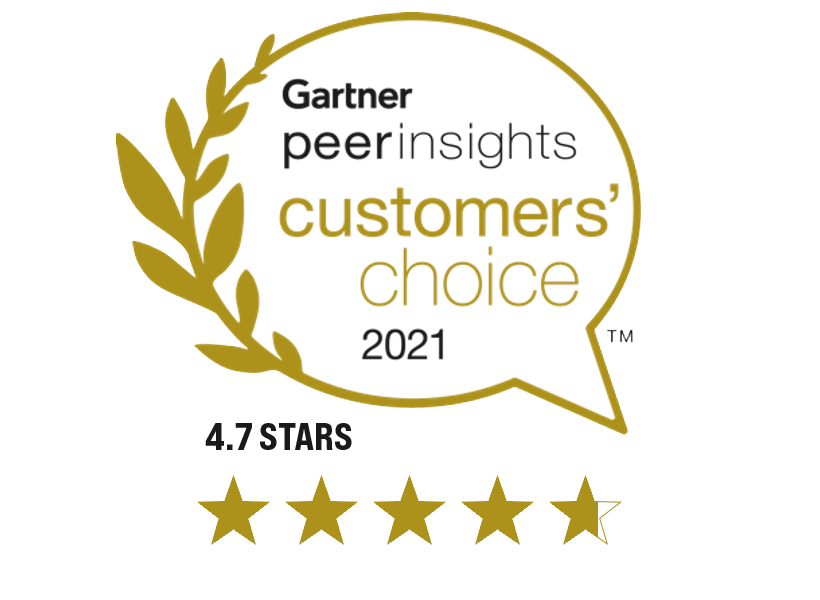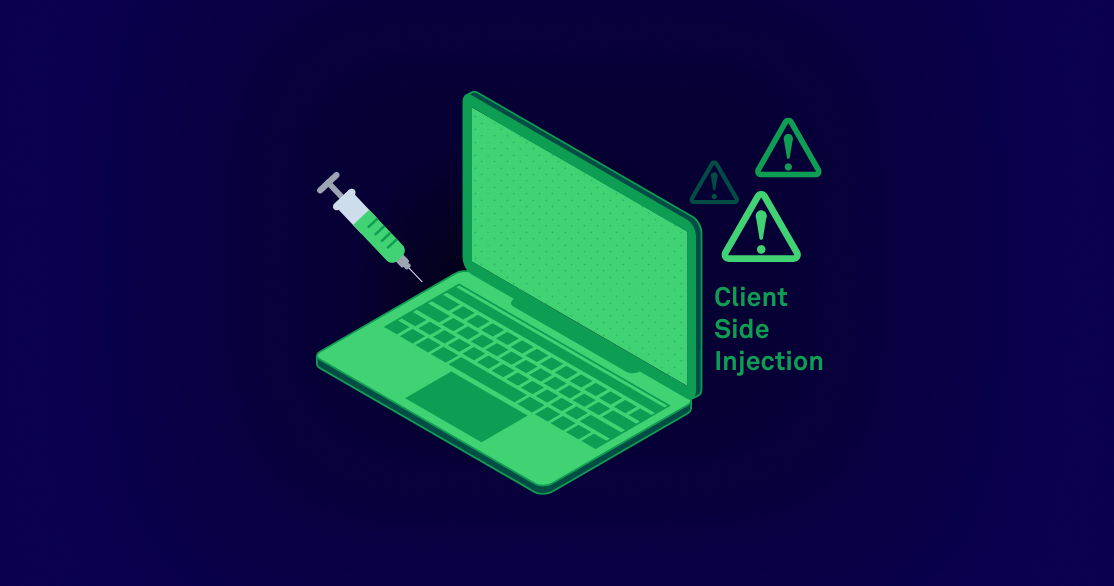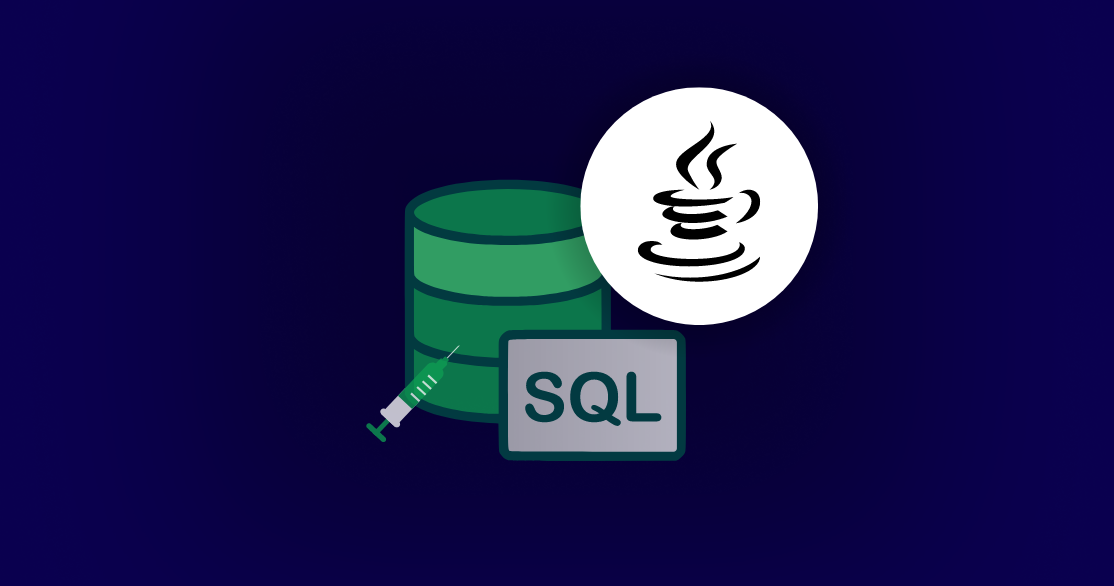AGILE
Agile Principles: Driving Faster, Leaner, and More Collaborative Teams
Secure Agile Development with our DemoTable of Contents
WHAT IS AGILE?
Agile is a frequently used methodology applied to the management of software development projects. It is an iterative rather than linear approach which focuses on continuous improvement via collaboration, customer feedback, and small, rapid releases. It is also a cross-functional process that runs throughout the software development lifecycle (SDLC), with demands and solutions evolving through the collaborative effort of self-organizing and cross-functional teams and their customers.
The Agile methodology is intended to improve software quality and responsiveness in an environment of changing customer requirements. It promotes high customer involvement, rapid feedback loops, continuous testing, iterative planning, and close teamwork to deliver working software at frequent and tightly orchestrated intervals.
Some widely used Agile methodologies include:
- Scrum
- Lean Software Development
- Kanban
- Extreme Programming (XP)
- Crystal
- Dynamic Systems Development Method (DSDM)
- Feature Driven Development (FDD)
Contrast is the clear customers’ choice
Contrast is named a Customers’ Choice in the 2021 Gartner Peer Insights “Voice of the Customer”: Application Security Testing report. With the highest percentage of 5-star ratings, this is the third consecutive year Contrast has received this powerful endorsement from customers.

Built for Developers. Trusted by Security.



Learn Secure Code
.png?width=1114&height=586&name=Cross%20Site%20Scripting%20(XSS).png)
CROSS SITE SCRIPTING (XSS)
Learn about Cross site scripting (XSS) and how it affects your Java source code

CLIENT SIDE INJECTION
Learn about client-side injection and how it can affect your source code






